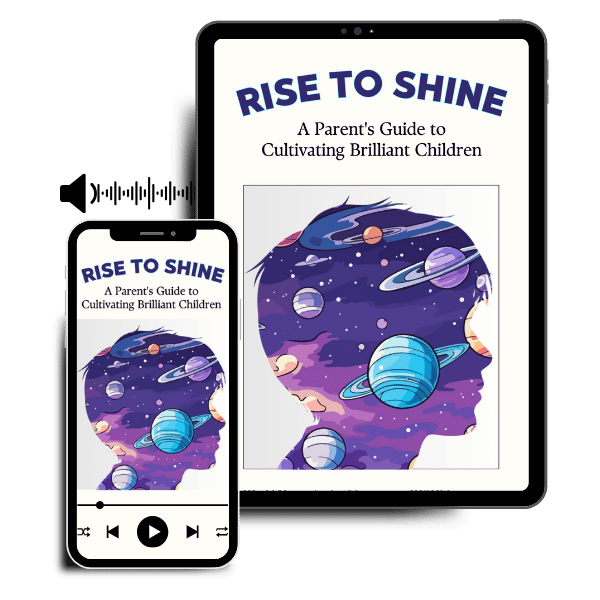ADHD Symptoms in Children: What to Look For


Attention-Deficit/Hyperactivity Disorder (ADHD) is a common neurodevelopmental disorder that affects many children worldwide. Recognizing the symptoms early can significantly impact a child’s academic, social, and personal development. Early diagnosis and intervention can help manage the symptoms effectively, leading to better outcomes. In this article, we will explore how to identify ADHD in children, focusing on key symptoms and behaviors that may indicate its presence.
ADHD is characterized by patterns of inattention, hyperactivity, and impulsivity that are more severe and frequent than typically observed in children of the same age. It is important to understand that ADHD is not a result of poor parenting or a lack of discipline but is a legitimate medical condition that requires professional attention. There are three primary types of ADHD: Inattentive, Hyperactive-Impulsive, and Combined Type where symptoms of both inattentiveness and hyperactivity/impulsivity are present.
ADHD often begins in childhood, typically appearing between the ages of 3 and 6. Recognizing early signs can be challenging as they might overlap with normal child behaviors. However, persistent and pervasive symptoms across various settings can be indicative of ADHD. Common symptoms include:
Children with inattentive ADHD often exhibit the following behaviors:
Hyperactivity in children with ADHD can be quite noticeable:
Impulsivity is another hallmark of ADHD:
ADHD symptoms can manifest differently depending on the environment:
A professional evaluation is essential for diagnosing ADHD. Here’s how to proceed:
Effective management of ADHD involves a combination of approaches:
Recognizing and addressing ADHD symptoms in children can lead to significant improvements in their quality of life. Early diagnosis and intervention are key to managing ADHD effectively. If you suspect your child may have ADHD, seek professional help to ensure they receive the support they need.
Related Reading:
References:
1. What are the most common ADHD symptoms in children?
The most common ADHD symptoms in children include inattention, hyperactivity, and impulsivity. Inattention symptoms may involve difficulty staying focused, making careless mistakes in schoolwork, and being easily distracted. Hyperactivity can manifest as excessive fidgeting, talking nonstop, and an inability to stay seated. Impulsivity includes interrupting others, having difficulty waiting their turn, and making hasty decisions without considering the consequences. Understanding these ADHD symptoms in children can help in early identification and intervention.
2. At what age do ADHD symptoms in children typically appear?
ADHD symptoms in children typically appear between the ages of 3 and 6. However, it is often diagnosed when a child starts school and the symptoms become more noticeable in a structured environment. Early recognition of ADHD symptoms in children can lead to timely support and management, which is crucial for their academic and social development.
3. How can I tell if my child has ADHD or is just being active?
Distinguishing between ADHD and normal activity levels can be challenging. ADHD symptoms in children are persistent and more severe than typical behaviors. Key indicators include consistent problems with attention, hyperactivity, and impulsiveness that interfere with daily functioning and development. If these behaviors are observed in multiple settings (home, school, social situations) and are causing significant impairment, it may suggest ADHD rather than normal active behavior.
4. What are the long-term effects of untreated ADHD symptoms in children?
Untreated ADHD symptoms in children can lead to various long-term effects, including academic underachievement, low self-esteem, and social difficulties. Children with untreated ADHD may struggle with forming and maintaining relationships, and they might be at a higher risk for developing co-occurring conditions such as anxiety, depression, and conduct disorders. Early intervention and treatment of ADHD symptoms in children can significantly improve their quality of life and future prospects.
5. What are the best strategies for managing ADHD symptoms in children?
Managing ADHD symptoms in children often involves a combination of behavioral therapy, medication, and support from parents and teachers. Behavioral therapy focuses on reinforcing positive behaviors and reducing disruptive ones. Medications such as stimulants can help improve focus and control impulsivity. Additionally, creating structured routines, providing clear and consistent expectations, and using positive reinforcement can be effective strategies. Understanding and addressing ADHD symptoms in children with a comprehensive approach can lead to better outcomes.

Get Your Resources to Your Email Now!